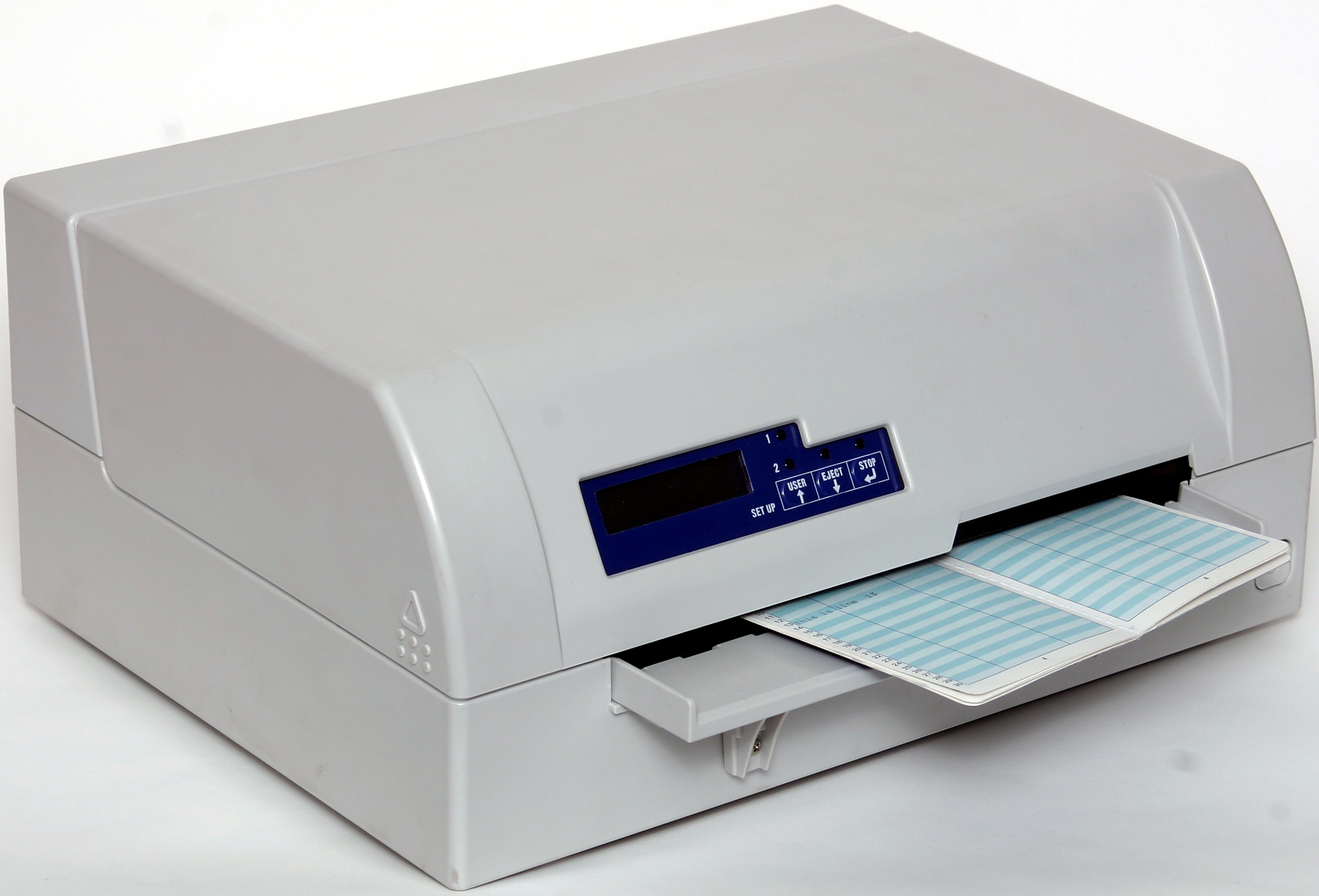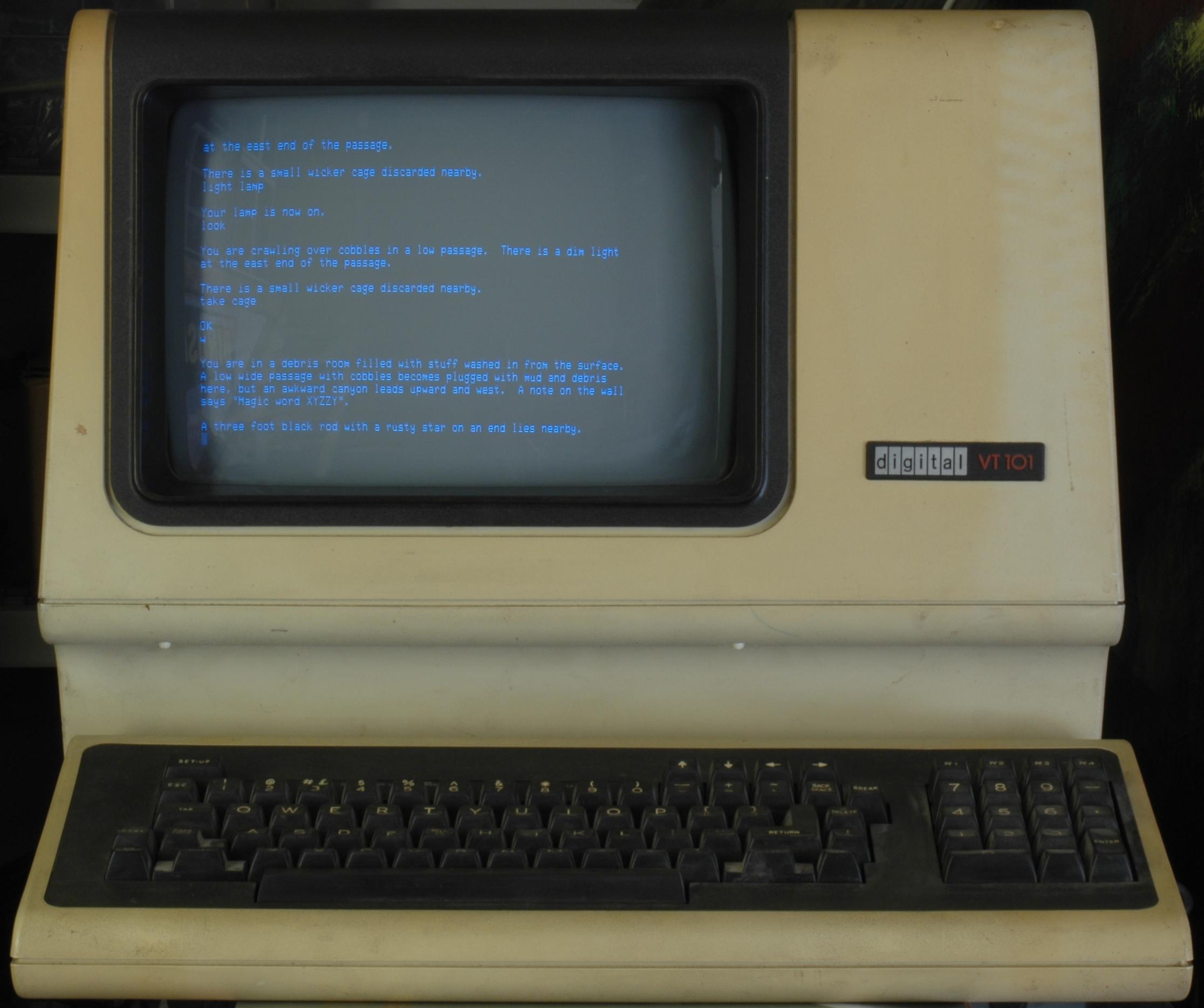|
Multi-user BASIC
Multi-user BASIC was a dialect of the BASIC language for the DEC PDP-11 running the RT-11 operating system. edited by R Belcher, Page 159, ''Typically, the most common are....Multi-user Basic,...'' One or more users were supported in separate address spaces sharing the same language interpreter. The syntax of the language was similar to but not identical to BASIC-11. A key language element was the support for virtual files. These were similar to the virtual arrays in in but more limited. An array of integers, floating-point, or character string ... [...More Info...] [...Related Items...] OR: [Wikipedia] [Google] [Baidu] |
BASIC
Basic or BASIC may refer to: Science and technology * BASIC, a computer programming language * Basic (chemistry), having the properties of a base * Basic access authentication, in HTTP Entertainment * Basic (film), ''Basic'' (film), a 2003 film * Basic, one of the Galactic Basic, languages in ''Star Wars'' Music * Basic (Glen Campbell album), ''Basic'' (Glen Campbell album), 1978 * Basic (Robert Quine and Fred Maher album), ''Basic'' (Robert Quine and Fred Maher album), 1984 * B.A.S.I.C. (Alpinestars album), ''B.A.S.I.C.'' (Alpinestars album), 2000 * Basic (Brown Eyed Girls album), ''Basic'' (Brown Eyed Girls album), 2015 * B.A.S.I.C. (The Basics album), ''B.A.S.I.C.'' (The Basics album), 2019 Places * Basic, Mississippi, a community in the US * BASIC countries, Brazil, South Africa, India and China in climate change negotiations Organizations * BASIC Bank Limited, government owned bank in Bangladesh * Basic Books, an American publisher Other uses * Basic (cigarette), a brand ... [...More Info...] [...Related Items...] OR: [Wikipedia] [Google] [Baidu] |
Digital Equipment Corporation
Digital Equipment Corporation (DEC ), using the trademark Digital, was a major American company in the computer industry from the 1960s to the 1990s. The company was co-founded by Ken Olsen and Harlan Anderson in 1957. Olsen was president until he was forced to resign in 1992, after the company had gone into precipitous decline. The company produced many different product lines over its history. It is best known for the work in the minicomputer market starting in the early 1960s. The company produced a series of machines known as the Programmed Data Processor, PDP line, with the PDP-8 and PDP-11 being among the most successful minis in history. Their success was only surpassed by another DEC product, the late-1970s VAX "supermini" systems that were designed to replace the PDP-11. Although a number of competitors had successfully competed with Digital through the 1970s, the VAX cemented the company's place as a leading vendor in the computer space. As microcomputers improved in t ... [...More Info...] [...Related Items...] OR: [Wikipedia] [Google] [Baidu] |
PDP-11
The PDP–11 is a series of 16-bit minicomputers originally sold by Digital Equipment Corporation (DEC) from 1970 into the late 1990s, one of a set of products in the Programmed Data Processor (PDP) series. In total, around 600,000 PDP-11s of all models were sold, making it one of DEC's most successful product lines. The PDP-11 is considered by some experts to be the most popular minicomputer. The PDP–11 included a number of innovative features in its instruction set and additional general-purpose registers that made it easier to program than earlier models in the PDP series. Further, the innovative Unibus system allowed external devices to be more easily interfaced to the system using direct memory access, opening the system to a wide variety of peripherals. The PDP–11 replaced the PDP–8 in many real-time computing applications, although both product lines lived in parallel for more than 10 years. The ease of programming of the PDP–11 made it popular for general-pur ... [...More Info...] [...Related Items...] OR: [Wikipedia] [Google] [Baidu] |
RT-11
RT-11 (Real-time 11) is a discontinued small, low-end, single-user real-time operating system for the full line of Digital Equipment Corporation PDP-11 16-bit computers. RT-11 was first implemented in 1970. It was widely used for real-time computing systems, process control, and data acquisition across all PDP-11s. It was also used for low-cost general-use computing. Features Source code RT-11 was written in assembly language. Heavy use of the conditional assembly and macro programming features of the MACRO-11 assembler allowed a significant degree of configurability and allowed programmers to specify high-level instructions otherwise unprovided for in machine code. RT-11 distributions included the source code of the operating system and its device drivers with all the comments removed and a program named "SYSGEN" which would build the operating system and drivers according to a user-specified configuration. Developer's documentation included a kernel listing that included ... [...More Info...] [...Related Items...] OR: [Wikipedia] [Google] [Baidu] |
Operating System
An operating system (OS) is system software that manages computer hardware and software resources, and provides common daemon (computing), services for computer programs. Time-sharing operating systems scheduler (computing), schedule tasks for efficient use of the system and may also include accounting software for cost allocation of Scheduling (computing), processor time, mass storage, peripherals, and other resources. For hardware functions such as input and output and memory allocation, the operating system acts as an intermediary between programs and the computer hardware, although the application code is usually executed directly by the hardware and frequently makes system calls to an OS function or is interrupted by it. Operating systems are found on many devices that contain a computerfrom cellular phones and video game consoles to web servers and supercomputers. , Android (operating system), Android is the most popular operating system with a 46% market share, followed ... [...More Info...] [...Related Items...] OR: [Wikipedia] [Google] [Baidu] |
BASIC-11
BASIC-11 was a dialect of the basic language for PDP-11 operating systems such as RSX-11, RT-11, TSX and TSX-Plus. Computerworld, 27 Jul 1981, Page 54, ''...General Systems, Inc. is offering Release 3.0 of its business Basic-11 accounting system,...All programs are written in Basic-11 and will run on any Digital Equipment Corp. PDP-11 running RT-11, TSX or TSX-Plus operating systems...'' It was a classic BASIC
Basic or BASIC may refer to:
Science and technology
* BASIC, a computer programming language
* Basic (chemistry), having the properties of a base
* Basic access authentication, in HTTP
Entertainment
* Basic (film), ''Basic'' (film), a 2003 fil ...
[...More Info...] [...Related Items...] OR: [Wikipedia] [Google] [Baidu] |
BASIC-PLUS
BASIC-PLUS is an extended dialect of the BASIC programming language that was developed by Digital Equipment Corporation (DEC) for use on its RSTS/E time-sharing operating system for the PDP-11 series of 16-bit minicomputers in the early 1970s through the 1980s. BASIC-PLUS was based on BASIC-8 for the TSS/8, itself based very closely on the original Dartmouth BASIC. BASIC-PLUS added a number of new structures, as well as features from JOSS concerning conditional statements and formatting. In turn, BASIC-PLUS was the version on which the original Microsoft BASIC was patterned. Notable among the additions made to BASIC-PLUS was the introduction of string functions like and , in addition to Dartmouth's original all-purpose command. In future versions of the language, notably Microsoft's, was removed and BASIC-PLUS's string functions became the only ways to perform these sorts of operations. Most BASICs to this day follow this convention. The language was later rewritten as a true ... [...More Info...] [...Related Items...] OR: [Wikipedia] [Google] [Baidu] |
LA30
Dot matrix printing, sometimes called impact matrix printing, is a computer printing process in which ink is applied to a surface using a relatively low-resolution dot matrix for layout. Dot matrix printers are a type of impact printer that prints using a fixed number of pins or wires and typically use a print head that moves back and forth or in an up-and-down motion on the page and prints by impact, striking an ink-soaked cloth ribbon against the paper. They were also known as serial dot matrix printers. Unlike typewriters or line printers that use a similar print mechanism, a dot matrix printer can print arbitrary patterns and not just specific characters. The perceived quality of dot matrix printers depends on the vertical and horizontal resolution and the ability of the printer to overlap adjacent dots. 9-pin and 24-pin are common; this specifies the number of pins in a specific vertically aligned space. With 24-pin printers, the horizontal movement can slightly overlap dot ... [...More Info...] [...Related Items...] OR: [Wikipedia] [Google] [Baidu] |
VT100
The VT100 is a video terminal, introduced in August 1978 by Digital Equipment Corporation (DEC). It was one of the first terminals to support ANSI escape codes for cursor control and other tasks, and added a number of extended codes for special features like controlling the status lights on the keyboard. This led to rapid uptake of the ANSI standard, which became the de facto standard for hardware video terminals and later terminal emulators. The VT100 series, especially the VT102, was extremely successful in the market, and made DEC the leading terminal vendor at the time. The VT100 series was replaced by the VT200 series starting in 1983, which proved equally successful. Ultimately, over six million terminals in the VT series were sold, based largely on the success of the VT100. Description DEC's first video terminal was the VT05 (1970), succeeded by the VT50 (1974), and soon upgraded to the VT52 (1975). The VT52 featured a text display with 80 columns and 24 rows, bidire ... [...More Info...] [...Related Items...] OR: [Wikipedia] [Google] [Baidu] |
BASIC Interpreters
Basic or BASIC may refer to: Science and technology * BASIC, a computer programming language * Basic (chemistry), having the properties of a base * Basic access authentication, in HTTP Entertainment * ''Basic'' (film), a 2003 film * Basic, one of the languages in ''Star Wars'' Music * ''Basic'' (Glen Campbell album), 1978 * ''Basic'' (Robert Quine and Fred Maher album), 1984 * ''B.A.S.I.C.'' (Alpinestars album), 2000 * ''Basic'' (Brown Eyed Girls album), 2015 * ''B.A.S.I.C.'' (The Basics album), 2019 Places * Basic, Mississippi, a community in the US * BASIC countries, Brazil, South Africa, India and China in climate change negotiations Organizations * BASIC Bank Limited, government owned bank in Bangladesh * Basic Books, an American publisher Other uses * Basic (cigarette), a brand of cigarettes manufactured by the Altria Group (Philip Morris Company) * Basic (dance move), the dance move that defines the character of a particular dance * Basic (slang), a pejorative t ... [...More Info...] [...Related Items...] OR: [Wikipedia] [Google] [Baidu] |



